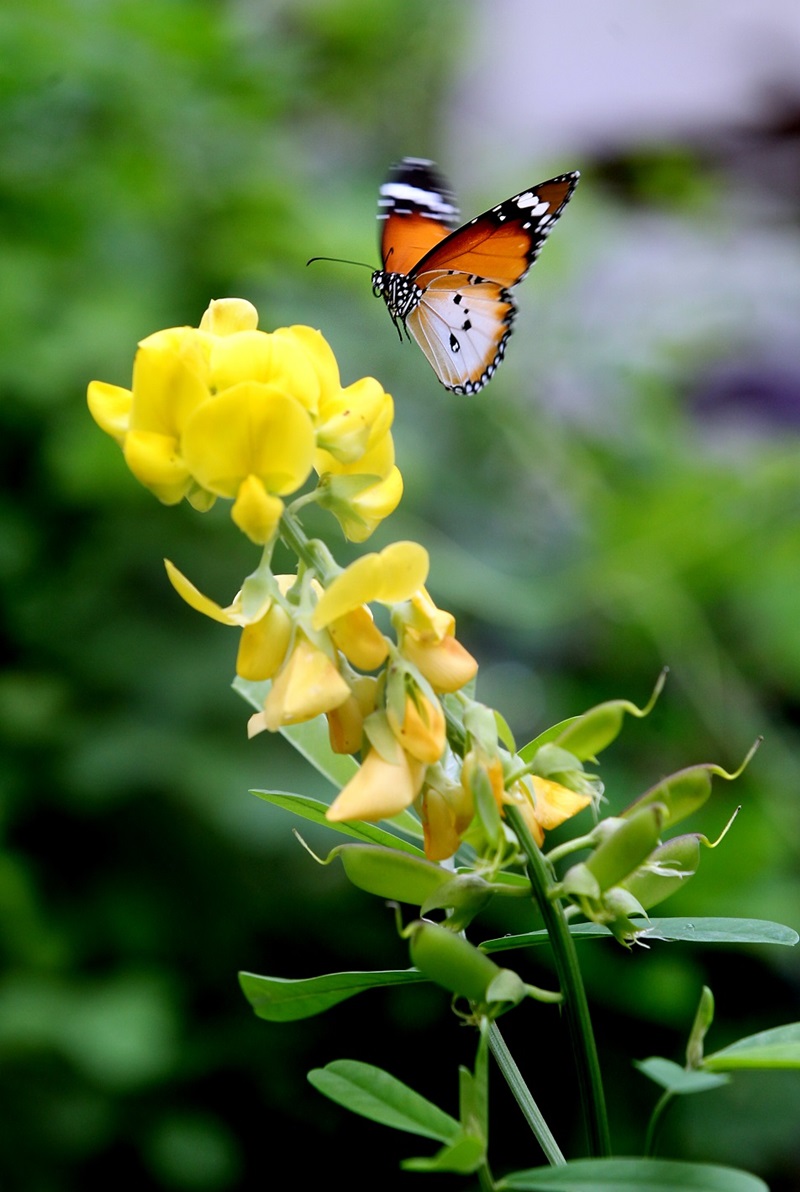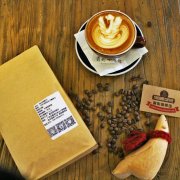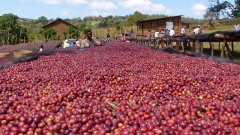Casa Louis Manor in Panama Coffee introduces flavor and taste describes the historical origin of the manor.
Panama is famous for its summer coffee, but it is not only producing summer coffee, but coffee is grown in almost all regions, and the most famous coffee is produced by Casa Luis Estate. Casa Luis Estate has a history of 97 years. Casa Luis Estate follows the ancient traditions of the Boquet region. It is environmentally friendly and grows suitable traditional varieties. It is selected for high quality coffee and becomes the Best of Panama.
Panama's finest coffee is grown in the west of the country, near Costa Rica and near the Pacific Ocean. The Boquet district of Chiriqui province is best known for its coffee production, as are Waukan, Santa Clara, Candela, etc. Other districts include David, Remacimeinto, Bugaba and Tole. Only coffee grown at altitudes between 1300 and 1500 meters above sea level is considered special coffee.
Panama's Boquete region, located in Chiriquui province on the border with Costa Rica, is home to Panama's famous GEISHA coffee, known for producing high-quality Arabica coffee. TEDMAN & MACINTYRE ESTATE, located 4000 feet above sea level in the mountains of Porgate, originated from two of Panama's earliest coffee families, the TEDMAN family and the MACINTYRE family.
There are three types of plantation: sun plantation, full shade plantation and half shade plantation. Plantations with more than 50 trees per hectare are full shade plantations;25-50 trees are half shade plantations, and 25 or less are sun plantations. What effect does shade and no shade have on coffee grown in two neighboring plantations under the same conditions? Shade plantations can slow down the ripening time of coffee fruits, which makes coffee cherries have more flavor substances, so shade itself increases costs and reduces yields. Its coffee flavor is higher than that of semi-shade plantations under the same planting conditions. Most plantations in Colombia are now a state of association between coffee trees and bananas, because Arabica trees are getting dwarfed, so when banana trees rise, they play a role of shade.
Panama Casa Luis Estate, founded in 1920, is located in the Boquet specialty area of Mount Baru, located in the Boquet Valley of Mount Baru in northwestern Panama. Through three generations of coffee growing experience, the family combines more than 300 small family farms in the local area, and small estate coffee farmers join partners from planting, post-processing, roasting and marketing, unlike a single estate that cannot increase production scale. Types Caturra Catuai Mundo Novo and Bour Bons The average annual rainfall is 3000 mm (between May and November), the average annual temperature is 14-24 degrees, and the altitude is more than 1400 meters.
Casa Ruiz, S.A. The family and his coffee partners chose to follow Boquete's traditional eco-friendly cultivation practices, as well as the rich natural environment provided by its natural tree population, making it a transit habitat for migratory birds.
Casa Ruiz, S.A. Because of its high quality technology, meticulous control of every detail, layer upon layer screening, recording, review, it is undoubtedly one of the best of Panama's outstanding estates, from the appearance of raw beans, consistency, freshness to dry aroma and flavor are quite excellent, very distinctive in aroma performance. Clean and fresh taste, unique fruit flavor and aroma, exudes elegant and charming floral fragrance, rice, almond tea, ripe apple, fermented ripe fruit mellow, berry, cherry, dates, brown sugar, jasmine, orange, sweetness solid, mild and clean balance, lasting lively rich fruit sweet finish.

Important Notice :
前街咖啡 FrontStreet Coffee has moved to new addredd:
FrontStreet Coffee Address: 315,Donghua East Road,GuangZhou
Tel:020 38364473
- Prev

Introduction to the export taste of Ugandan coffee flavor production
In Uganda (Uganda), Arabica coffee beans account for only 10 per cent of the country's total coffee production, but it is enough to attract attention. Uganda's best coffee is mainly produced in the mountains of Elgon and Bugisu along the Kenyan border in the north and Ruwensori in the west, and is available for export in January or February of each year. Red
- Next

Introduction and description of roasting flavor and taste environment of coffee beans in Minas Joan Manor, Brazil
Brazil is the largest coffee producer in the world, accounting for about 33% of coffee production, but because Brazil is located in tropical rain forest areas with relatively flat terrain and few high-altitude mountain forests, most coffee is grown in low-altitude non-volcanic soil areas. And there is not much shade for shading, resulting in the disadvantage that Brazilian beans grow too fast, but the shape of beans is very large, but the density and soft flavor of coffee does not change much.
Related
- Does Rose Summer choose Blue, Green or Red? Detailed explanation of Rose Summer Coffee plots and Classification in Panamanian Jade Manor
- What is the difference between the origin, producing area, processing plant, cooperative and manor of coffee beans?
- How fine does the espresso powder fit? how to grind the espresso?
- Sca coffee roasting degree color card coffee roasting degree 8 roasting color values what do you mean?
- The practice of lattes: how to make lattes at home
- Introduction to Indonesian Fine Coffee beans-- Java Coffee producing area of Indonesian Arabica Coffee
- How much will the flavor of light and medium roasted rose summer be expressed? What baking level is rose summer suitable for?
- Introduction to the characteristics of washing, sun-drying or wet-planing coffee commonly used in Mantenin, Indonesia
- Price characteristics of Arabica Coffee Bean Starbucks introduction to Manning Coffee Bean Taste producing area Variety Manor
- What is the authentic Yega flavor? What are the flavor characteristics of the really excellent Yejasuffi coffee beans?

